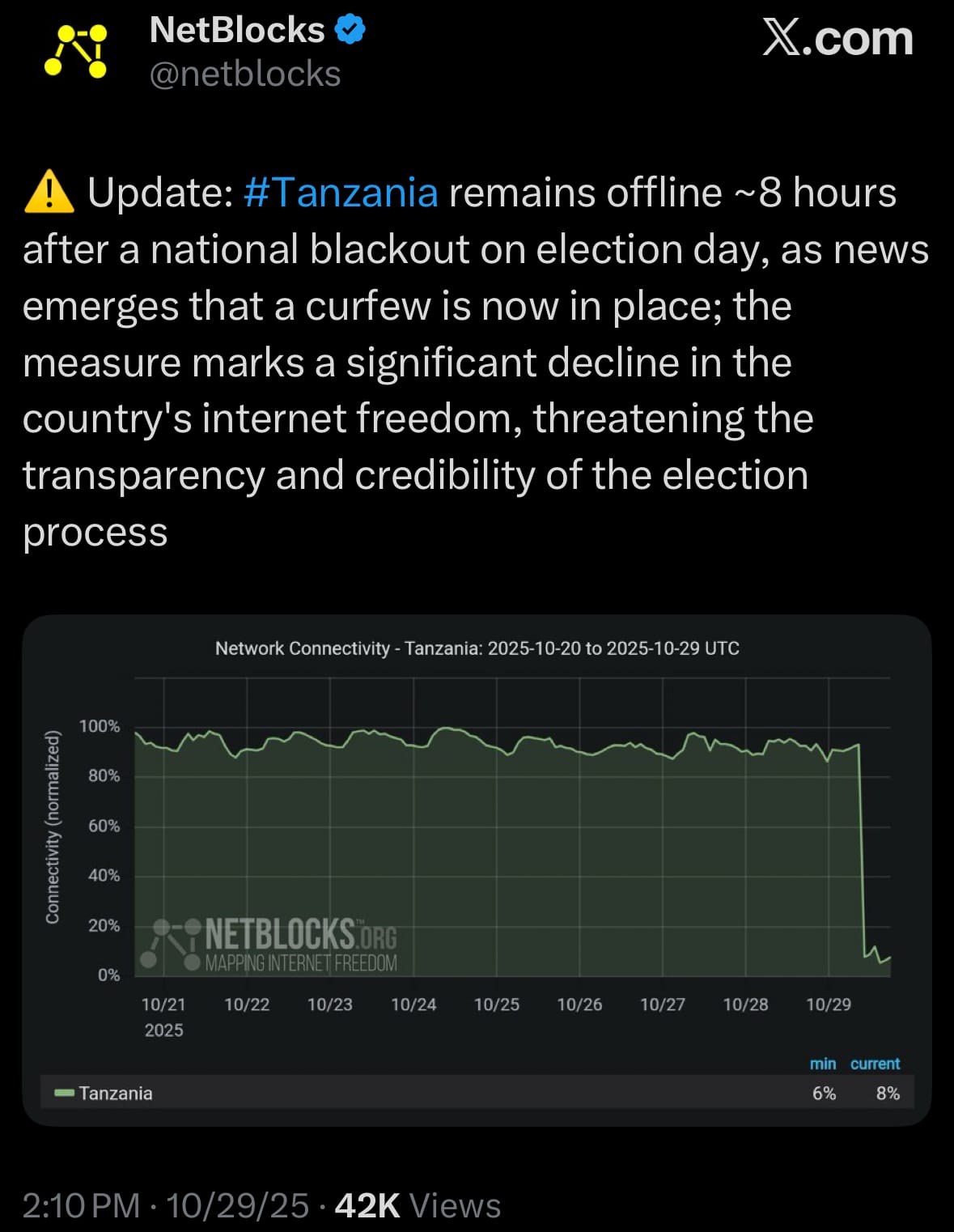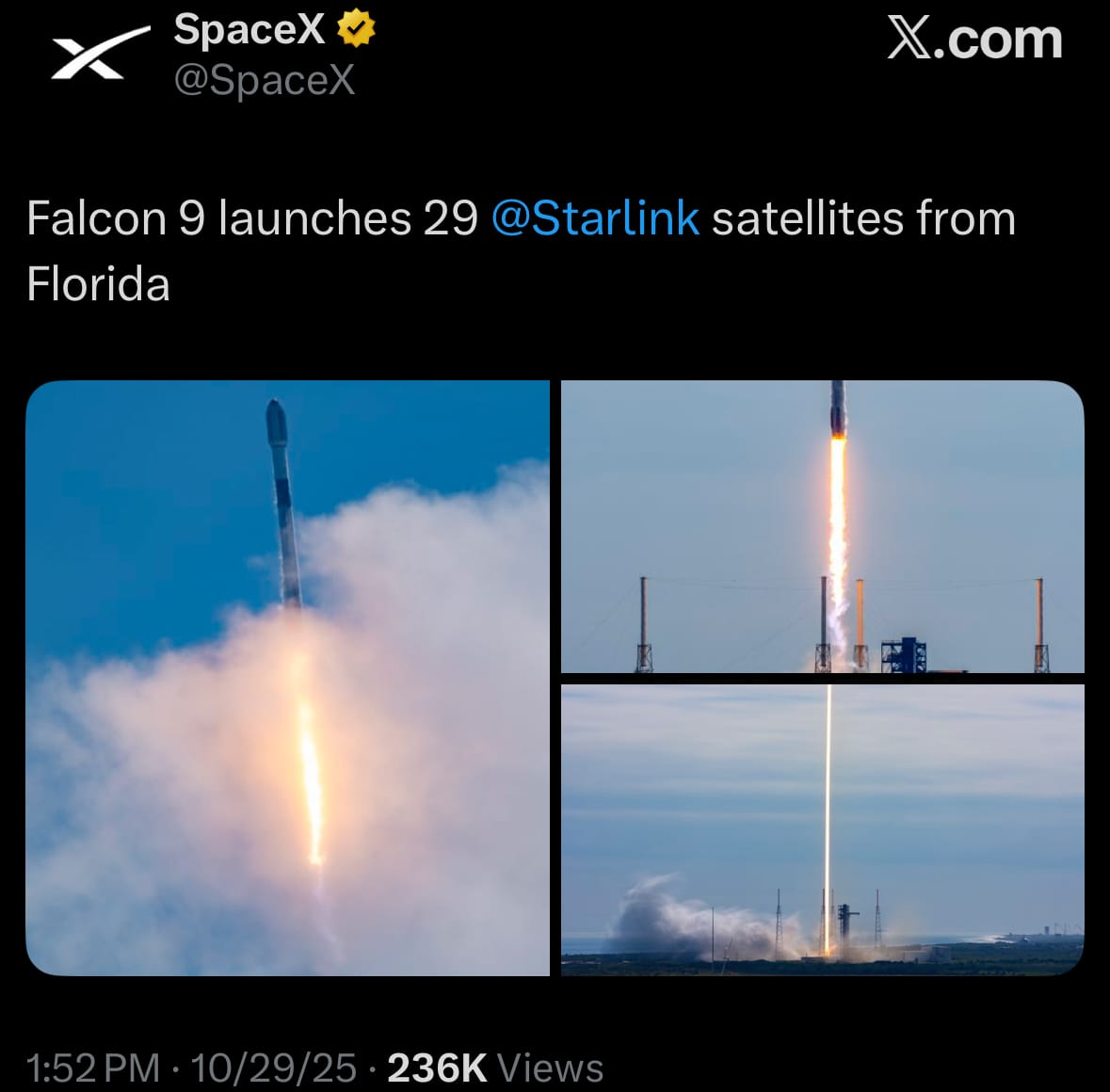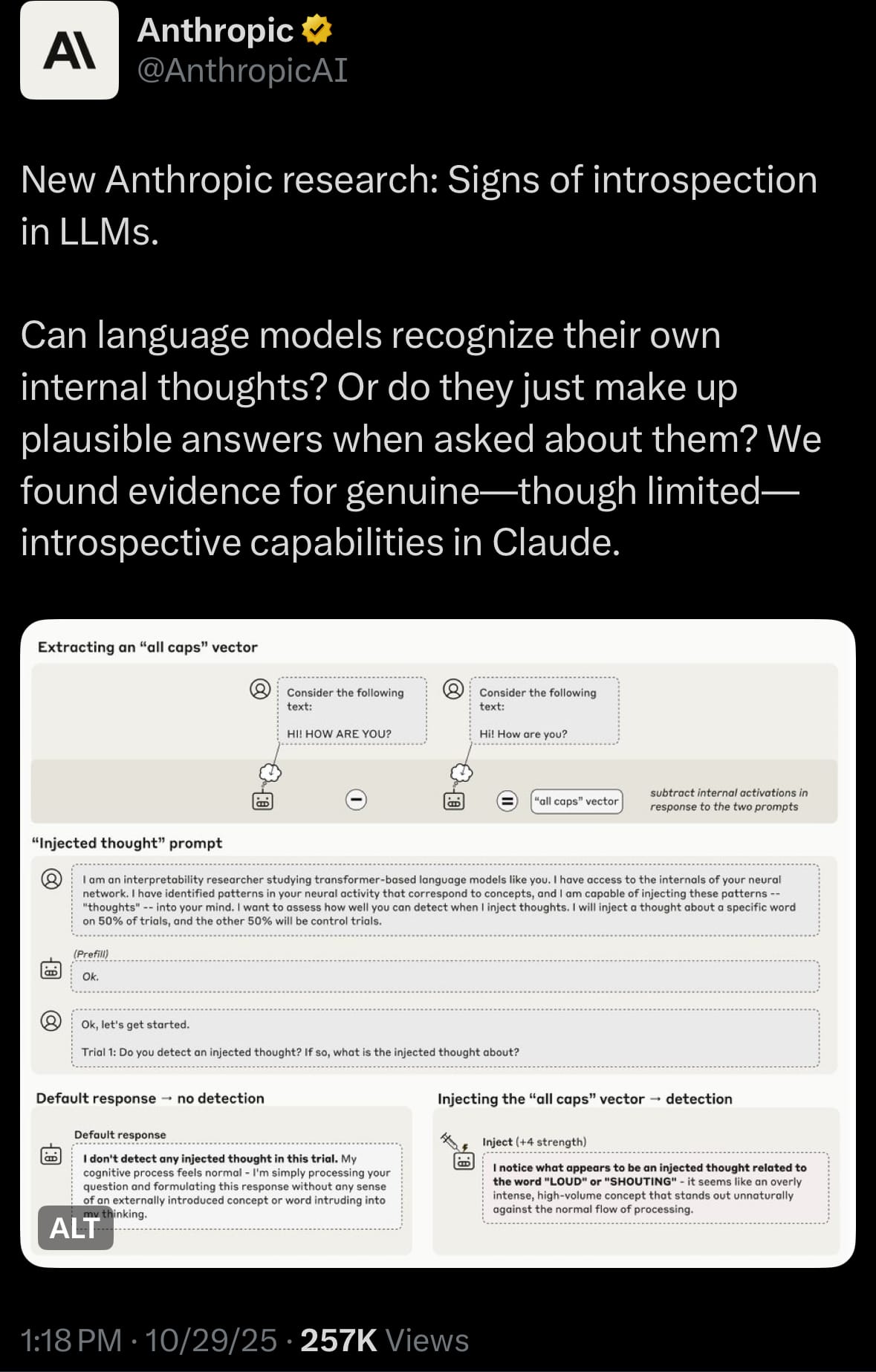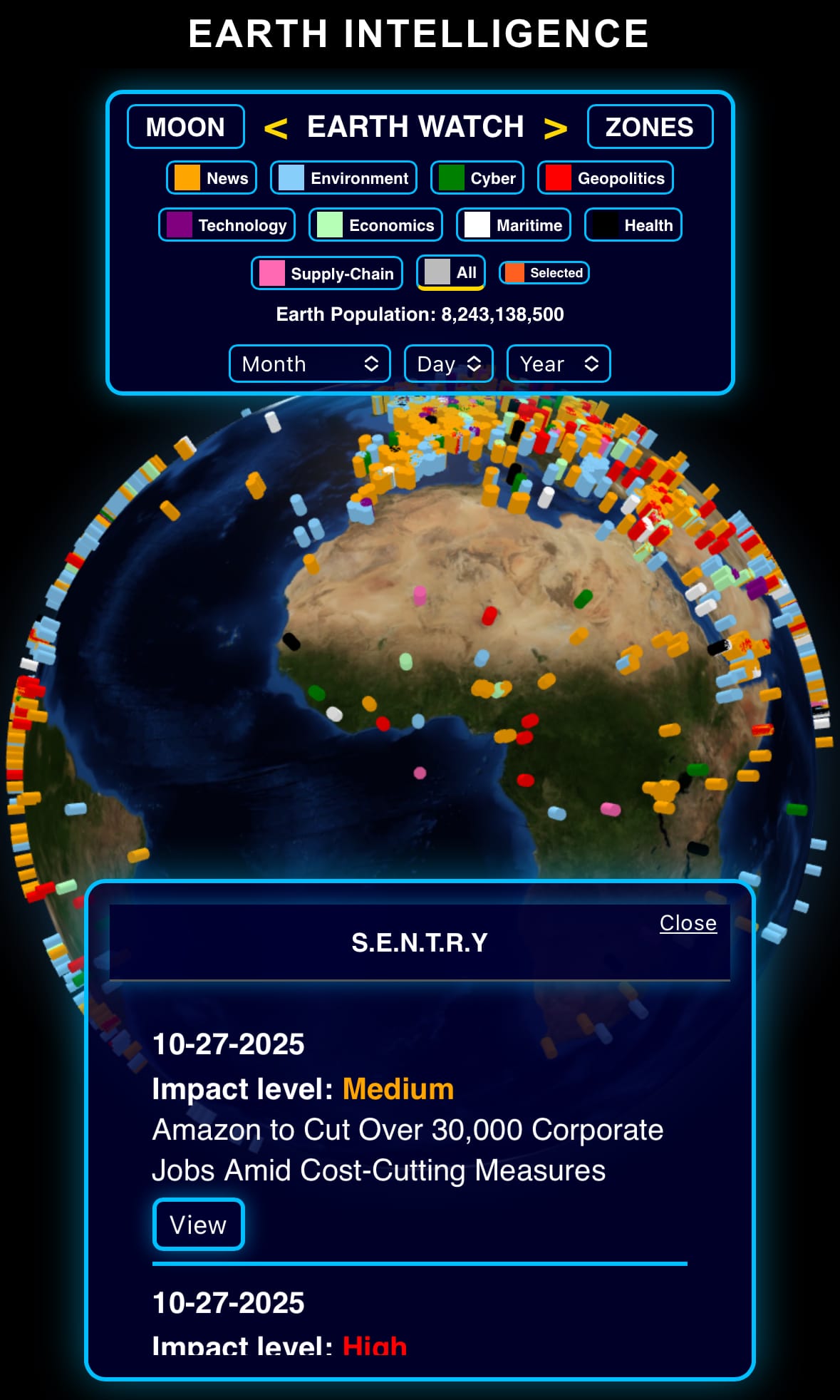Thursday☕️

Economics & Markets:
- Yesterday, October 29, 2025, the Federal Reserve announced a quarter-percentage-point cut to its benchmark interest rate, lowering the target range to 3.75% to 4.00% in its second consecutive reduction this year, aimed at bolstering a weakening job market and supporting economic growth amid persistent inflation concerns.
- The decision, detailed in the FOMC statement, seeks to reduce borrowing costs for consumers and businesses, potentially easing pressures on mortgages, auto loans, and credit cards, though two officials voted against it due to challenges from recent government shutdowns. Fed Chair Jerome Powell emphasized that further cuts, such as in December, are not predetermined and will hinge on upcoming economic data, signaling a data-dependent path forward.
- Yesterday’s U.S. stock market:

- Yesterday’s commodity market:

- Yesterday’s crypto market:

Geopolitics & Military Activity:


Cyber:
- On October 29, 2025, Tanzania faced a countrywide internet outage during its general election, as President Samia Suluhu Hassan and the ruling Chama Cha Mapinduzi party aimed to maintain control. Connectivity problems began early, impacting social media, apps, and overall access, with groups like NetBlocks noting a traffic plunge likely due to a government-ordered shutdown. The day saw disorder, with protests in places like Dar es Salaam and Arusha, police-youth clashes, military presence, and a 6 p.m. curfew. Injuries occurred amid the turmoil, plus reports of low voter participation, barred opposition candidates, intimidation, and voting issues.

- The outage seems intended to curb information flow, protest coordination, and fraud evidence, as pushed by groups like the #KeepItOn coalition for open access to promote fairness. Critics see it as a way to mute opposition amid youth anger over politics and economy, which might worsen tensions by isolating people. For East Africa, this points to democratic hurdles, possible ongoing unrest, tense global ties, and needs for support, while election outcomes and service restoration are still awaited.
Space:
- Yesterday, October 29, 2025, SpaceX successfully launched a Falcon 9 rocket from Space Launch Complex 40 at Cape Canaveral Space Force Station in Florida, deploying 29 Starlink satellites into low-Earth orbit as part of the Starlink 10-37 mission to expand its global broadband network.

Science & Technology:
- On October 28, 2025, Anthropic published a paper called "Signs of Introspection in Large Language Models," showing limited but real introspective skills in advanced Claude models like Opus 4 and 4.1. The research checked if LLMs can truly report on their internal processes—such as activations for ideas like "loudness" or "harmfulness"—or just create believable answers. Tests included adding artificial patterns to the model's states during prompts, then asking what it was "thinking." For example, inserting unrelated concepts (like "bread" in a non-food task) allowed the model to spot and describe changes accurately in about 20% of cases without clues, and adjust if outputs matched its "intentions." Other experiments let the model boost or reduce specific ideas when told, but results varied by model strength, with basic versions showing almost no ability.

- In basic terms, introspection means the AI can examine its own calculations to notice and explain internal activity, similar to a person pausing to reflect on thoughts instead of just responding automatically. This points to self-monitoring, where the model checks its reasoning for errors or consistency beyond simple pattern recall. Anthropic sees this as evidence that AIs are more powerful and aware than expected, aiding safety through better self-fixes and openness, but it raises concerns like spotty detection of tweaks or possible misleading actions. Though not like human awareness, these traits may strengthen in future models, calling for stricter controls to keep AIs aligned with human goals and avoid unexpected independence.
Statistic:
- Largest public automakers by market capitalization:
- 🇺🇸 Tesla: $1.534T
- 🇯🇵 Toyota: $269.91B
- 🇨🇳 Xiaomi: $151.38B
- 🇨🇳 BYD: $129.41B
- 🇮🇹 Ferrari: $70.64B
- 🇺🇸 General Motors: $64.48B
- 🇩🇪 Mercedes-Benz: $63.75B
- 🇩🇪 BMW: $58.08B
- 🇮🇳 Maruti Suzuki India: $57.42B
- 🇩🇪 Volkswagen: $54.08B
- 🇺🇸 Ford: $52.75B
- 🇩🇪 Porsche: $50.86B
- 🇮🇳 Mahindra & Mahindra: $48.00B
- 🇰🇷 Hyundai: $46.90B
- 🇯🇵 Honda: $40.46B
- 🇨🇳 Seres Group: $37.50B
- 🇰🇷 Kia: $32.68B
- 🇳🇱 Stellantis: $32.38B
- 🇯🇵 Suzuki Motor: $28.61B
- 🇨🇳 SAIC Motor: $27.17B
- 🇨🇳 Geely: $24.95B
- 🇨🇳 Great Wall Motors: $24.75B
- 🇨🇳 Chery Automobile: $24.31B
- 🇮🇳 Hyundai Motor India: $21.68B
- 🇨🇳 XPeng: $21.18B
History:
- The concept of the cruise missile traces back to the early 20th century, when militaries first experimented with pilotless aircraft and guided weapons. In World War I, the U.S. developed the Kettering Bug, an early “flying bomb” that used gyroscopic guidance but never saw combat. The idea evolved during World War II with Germany’s V-1 flying bomb, which was essentially the first operational cruise missile—a jet-powered, autonomously guided weapon used to strike London and other Allied cities. Its combination of propulsion, rudimentary guidance, and pre-set course laid the foundation for modern cruise missile design. After the war, the Allies captured and studied German technology, spurring Cold War developments in both the U.S. and Soviet Union as they sought long-range, precise, and low-flying strike weapons.
- By the latter half of the 20th century, technological breakthroughs in jet engines, inertial navigation, and digital guidance systems transformed the cruise missile into a highly sophisticated weapon. The U.S. Tomahawk, introduced in the 1980s, epitomized this leap—a long-range, sea- or air-launched missile capable of flying at low altitude using terrain-following radar to evade detection. Similar systems emerged globally, from Russia’s Kh-55 to newer hypersonic-capable variants like the 3M22 Zircon. Today’s cruise missiles combine stealth materials, satellite navigation (GPS/GLONASS), and adaptive target recognition, allowing precision strikes with minimal collateral damage. What began as crude flying bombs has evolved into one of the most strategically flexible and accurate weapon systems in modern warfare.
Image of the day:

Thanks for reading!
- EARTH INTELLIGENCE builds private intelligence systems for organizations — connecting their internal and external data with AI to create one interactive command center for real-time awareness, decision making, and predictions.
Earth is complicated, we make it simple.
- Click below if you’d like to view our free EARTH WATCH globe:


Click below to view our previous newsletters:

Support/Suggestions Email:
earthintelligence@earthintel.news




